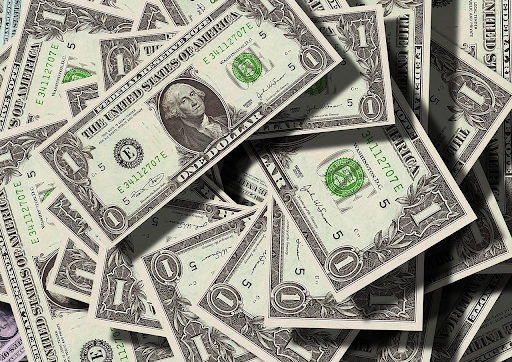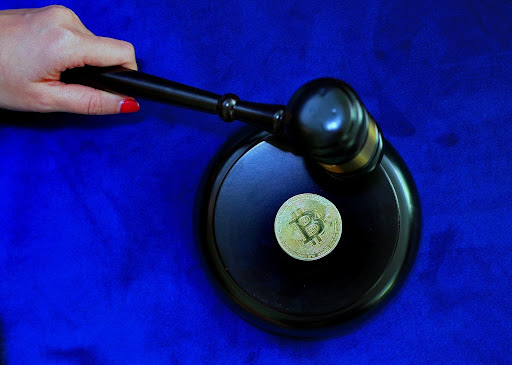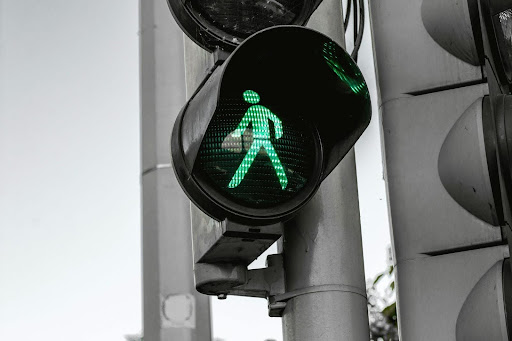In a perfect world, budgets would never stretch thin. But, as we all know, life isn’t perfect and often throws curveballs—unexpected medical bills, urgent car repairs, or short-term demands that uncomfortably stretch the gaps between paychecks. In those moments, a cash advance can offer the flexibility needed to stay afloat without derailing your long-term financial health. The key is knowing when using one actually makes sense.
A Short-Term Fix, Not a Long-Term Habit
Cash advances, whether through credit cards or payday lenders, are designed for short-term borrowing. When used responsibly, they can bridge a temporary financial gap. The problem arises when they become a default solution. If your monthly expenses consistently exceed your income, borrowing will only deepen the hole. However, if you’re usually in control of your finances and encounter an unexpected cost, a cash advance may provide a useful safety net.
Timing is everything. Using an advance to cover a week until your next paycheck can make more sense than racking up late fees or overdraft charges. But avoid relying on it for routine expenses or non-essentials. It’s not meant to fund vacations, impulse shopping, or dining out. Think of it as an emergency-only tool.
Understand the True Cost Before You Borrow
Before requesting a cash advance, understand the terms clearly. Most credit card advances come with higher interest rates than regular purchases, and financial institutions and other issuers often begin charging interest immediately—there’s no grace period. On top of that, many lenders apply a flat fee or a percentage of the amount borrowed—sometimes both.
Take a practical example. If you need to cover rent or an emergency dental procedure, you might consider a 1,000 cash advance from your credit card. It’s straightforward, fast, and useful when other options aren’t immediately available. But that comes with a cost. With a 5% fee (for example), you’re paying $50 upfront. Add a 25% annual interest rate, and the expense grows by the day if you can’t pay it off quickly.
It’s important to weigh that against the alternative. Would missing a rent payment lead to late fees or risk eviction? Would skipping a medical visit worsen the issue and cost more later? In some cases, borrowing that $1,000 may cost less in the long run—if it’s repaid promptly.
When You Have a Clear Plan to Repay
A cash advance only makes sense when you have a realistic plan to repay it quickly. These loans are not meant to linger. The longer the balance remains, the more interest you’ll accumulate. Use advances only when you know exactly how and when you’ll pay them off—ideally within a few weeks.
If you’re waiting for a confirmed payment, such as a paycheck or the settlement of an outstanding invoice, and you’ve budgeted for repayment, the short-term cost becomes more manageable. What’s dangerous is borrowing without clarity. Avoid taking out more than you need, and don’t rely on future income that’s uncertain.
Strategic Borrowing in the Right Circumstances
Not every financial hurdle requires a loan, but when used sparingly and smartly, a cash advance can provide breathing room. It’s best suited for urgent, short-lived cash flow issues where other options don’t exist or would cost more.
Whether covering a medical co-pay, car repairs or a pending utility shutoff, the key is clarity—on both the need and the repayment. Used with caution, a cash advance can be a financial tool rather than a trap.

























